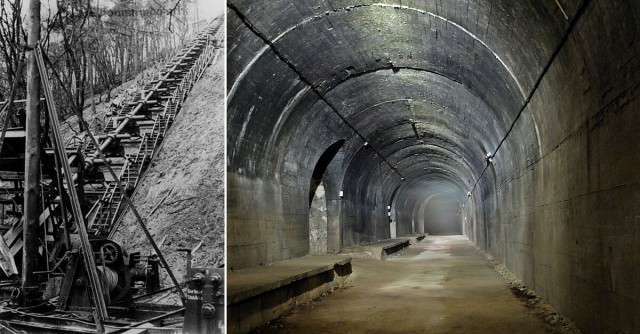The V-3 gun, or Vergeltungswaffe 3 was one of Germany’s wonder weapons developed to change the aggravating tide of war. This Nazi supergun was designed for long distance bombardments. In northern France, two batteries of these guns were being build in the heavily fortified area of Calais with the intention to bombard London. Although the gunsites were close to completion, they were destroyed by allied bombing raids before they could fire their first shot. Smaller variants of the design were used to fire on the city of Luxemburg during the Battle of the Bulge, but with little effect.
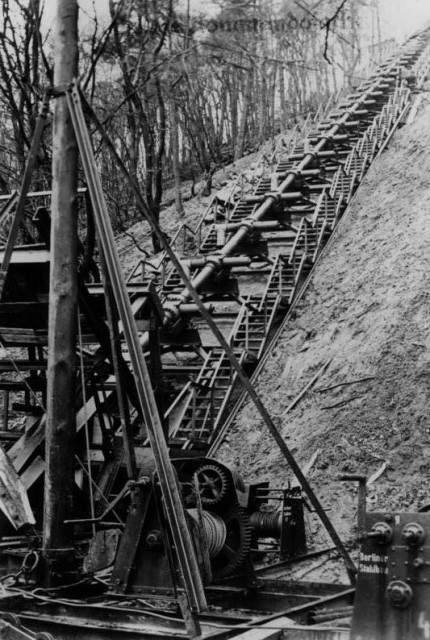
Code-named the Hochdruckpumpe (high pressure pump) or Tausendfüßler (centipede), this weapon consisted of a large, 430 ft canon which was set up at an angle of 45°. Multiple charges placed along the gun’s barrel fired as soon as the projectile passed, giving it an extra boost as it progressed through the barrel. The gun would fire large fin stabilized projectiles which left the barrel at the intended speed of 4.900 ft/sec.
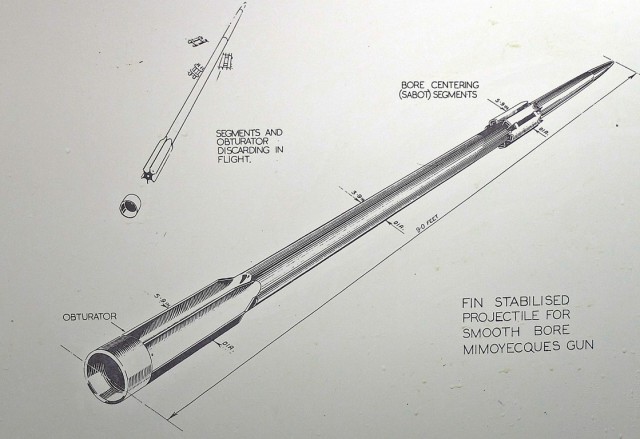
The V-3 site at Mimoyecques
Construction of the V-3 site at Mimoyecques started in September 1943 at a limestone hill in the Calais region, close to other future V-1 and V-2 rocket launching sites. The project was codenamed Wiese (meadow) and the notorious German Organisation Todt was ordered to plan the construction. A railway tunnel was dug into the hill to assure a steady flow of supplies and materials. This tunnel would become the munitions supply line and main entrance.
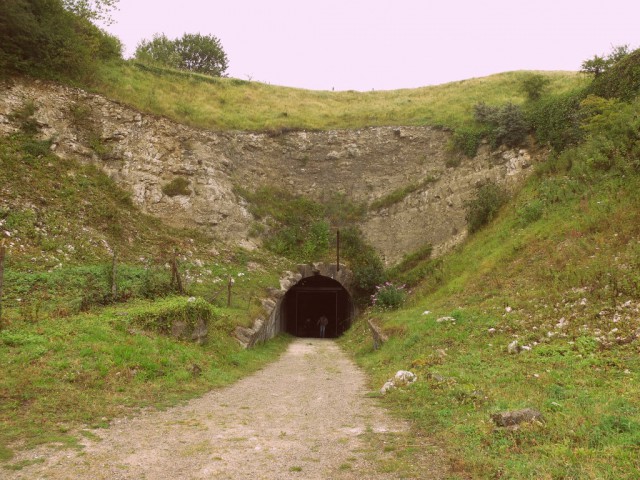
The initial plans incluced two parallel gun sites 3.300 ft apart, that each supported five gun shafts. Each gun shaft included five gun barrels, so the battery was foreseen to hold 50 guns in total which fired 300 shells per hour each. Constructions were carried out by forced labourers from France of Belgium and captured prisoners of war. Despite of all the secrecy, works of this size didn’t remain unnoticed to allied intelligence. Aerial photography showed two disappearing railroad tracks and clear signs of a construction site. As a result, the British started bombing the area while construction works underground continued. The project was cut back even further after the guns failed to achieve expectations at the German Misdroy proving grounds. Although work continued on three of the first site’s shafts, German high command began to realize that the whole project was obsolete. The final blow was delivered on the 6th of July 1944 when a Lancaster bombing raid hit the hill with 16 12.000 lbs heavy Tallboy bombs. These effective “deep-penetration” or “earthquake” bombs caused parts of the complex to collapse, assuring that any hopes of completing the site were crushed.
Nonetheless, when the site was finally captured by English troops on September 16th 1944, they discovered that despite the damage, constructions were almost finished. Realizing that the gun remained a permanent threat to the city of London, Army command decided to demolish the site before handing over the territory to the French government.
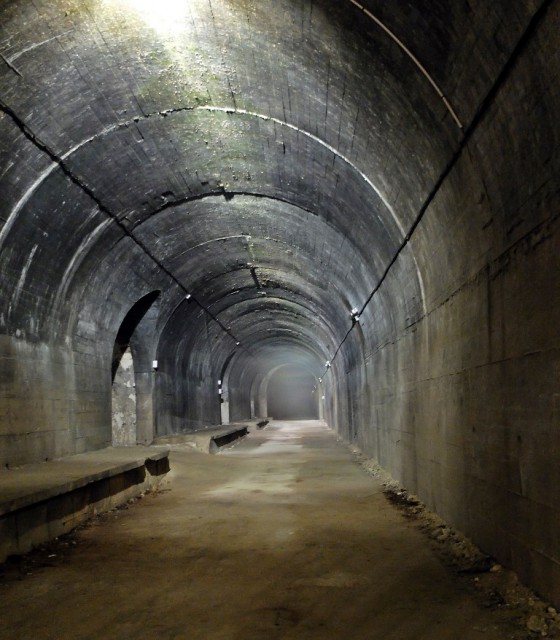
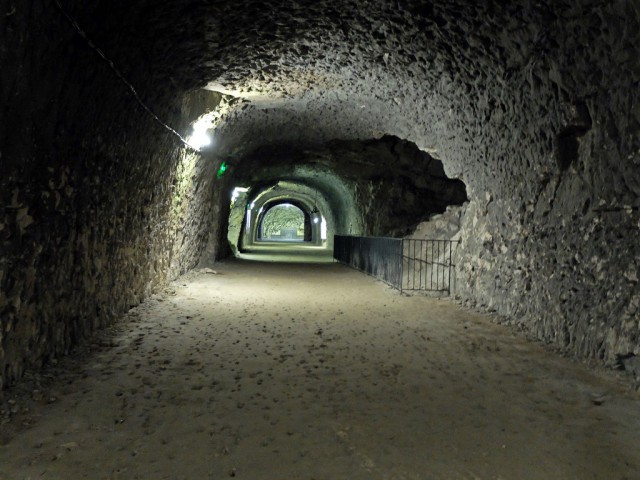
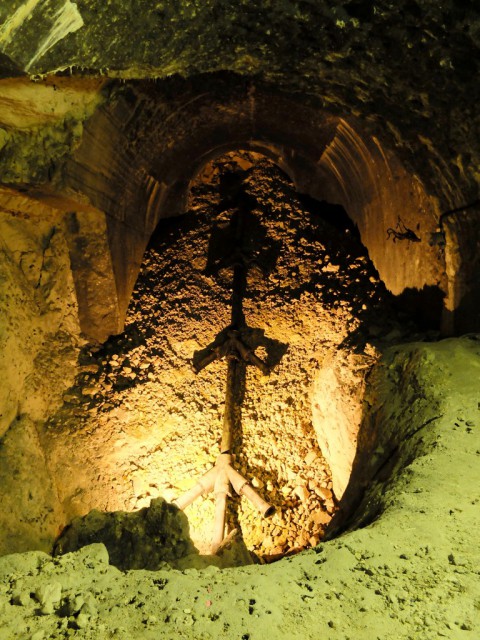
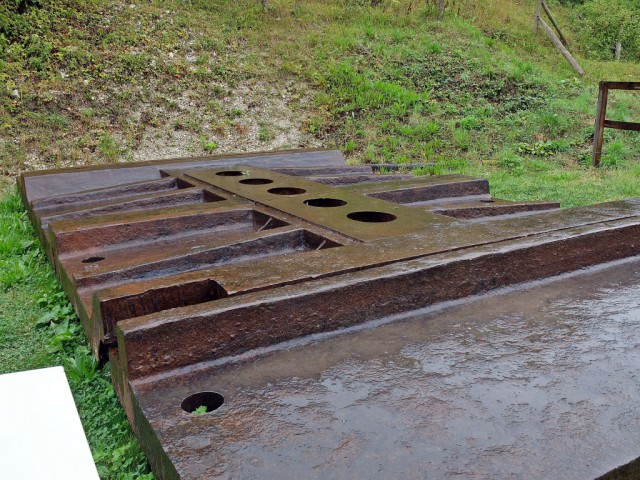
The Mimoyecques V-3 site is an impressive piece of history and well worth a visit. The surrounding hills showing massive Tallboy craters can be visited a few times a year during organized tours.
Check out the website for practical information: http://www.mimoyecques.com/
Interesting fact:
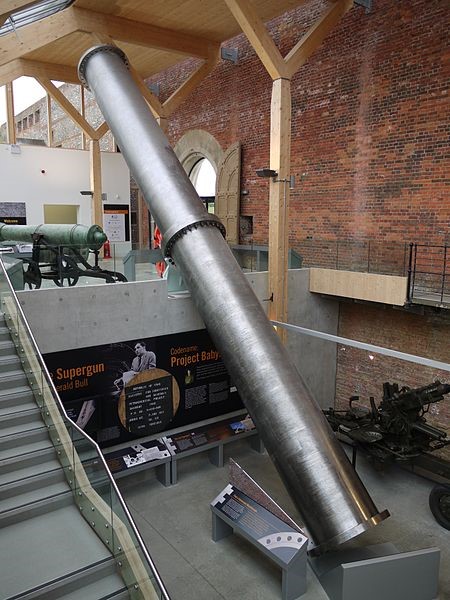
Iraqi president Saddam Hussein ordered the building of a similar long-range supergun, codenamed “Project Babylon”. Components of the gun were ordered from European countries. With a bore of 13.8 inches it had a barrel length of 151 feet and weighed some 102 tons. The project was abandoned after Gerard Bull, an involved Canadian weapons engineer was assassinated and several pieces of the gun were seized by European customs officers.
By Robby Houben for War History Online

